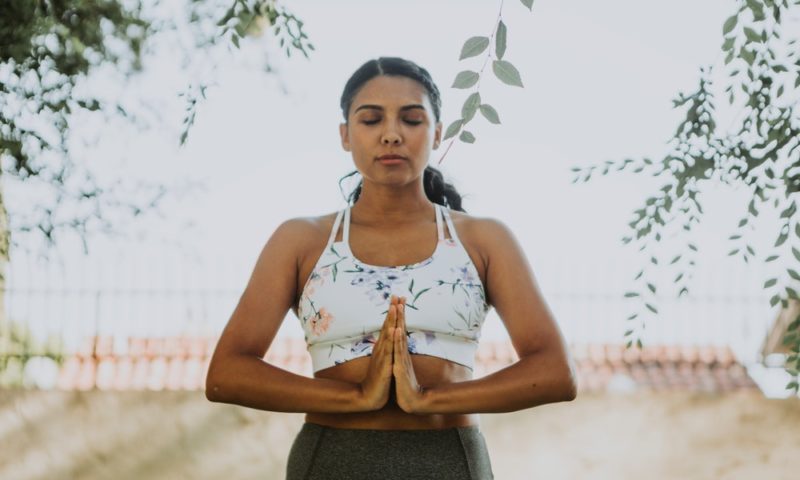
Yoga is an ancient physical, mental and spiritual practice that has taken off in popularity. But despite its resounding health advantages, many people hold true to their stereotypes.
Yoga is usually mistaken for a “hippie” exercise or perhaps a mental health fad. Many people think it’s just about stretching and holding complicated poses. However, many experts agree that yoga works diversely to promote health — and one of those benefits is weight control.
Yoga for Mindfulness
Mindfulness is referenced in almost every diet-based resource there is. That’s since it makes you more aware of your surroundings, that is key for weight control. Yoga is believed to be especially beneficial in this area for helping to slow the body and process thoughts. Some studies claim that this may help with impulsive or binge eating, or even with physical activity.
Let’s say you always sit down to watch TV during dinner. For a few minutes before prepping dinner to practice yoga, you can better tune in to your body. You might realize that you’re not that hungry, or that your body may be craving certain nutrients. This knowledge can affect not only what you eat, but exactly how (and how much) you eat.
Yoga for Mental Health
The brain and the body are closely connected. How you feel mentally can also affect how you feel physically. For example, If you’re stressed, you’re probably fatigued and tight in the chest. If you’re relaxed, your heart along with other organs (like your stomach) can work easier.
Yoga can release endorphins, ease muscle tension and relax you. It promotes longer, deeper sleep and reduces feelings of stress, anxiety or depression. It can also provide mental clarity, focus and concentration. All of these benefits are crucial to weight control.
Yoga for Physical Wellness
The ancient art of yoga doesn’t just heal the mind. Depending on the style of yoga you choose, you can reap many physical benefits. It has been proven to tone all kinds of muscles, increase metabolism and build flexibility. Slowed down movement can help restore muscles and relieve pain, plus some styles that are more active burns up a surprising number of calories.
Tips for Getting Started:
- Consult with a healthcare professional before beginning any exercise program.
- Identify what areas of your body/mind you want to improve.
- Research different styles of yoga for the benefits you’re seeking.
- Don’t feel pressured to try poses or styles you aren’t ready for.
- Look for classes in your area or take them at home using TV/videos.
- Start slowly and gradually build up your practice.
- A mat isn’t necessary, but could definitely come in handy.
- Don’t believe that yoga is just for women or smaller body types.



